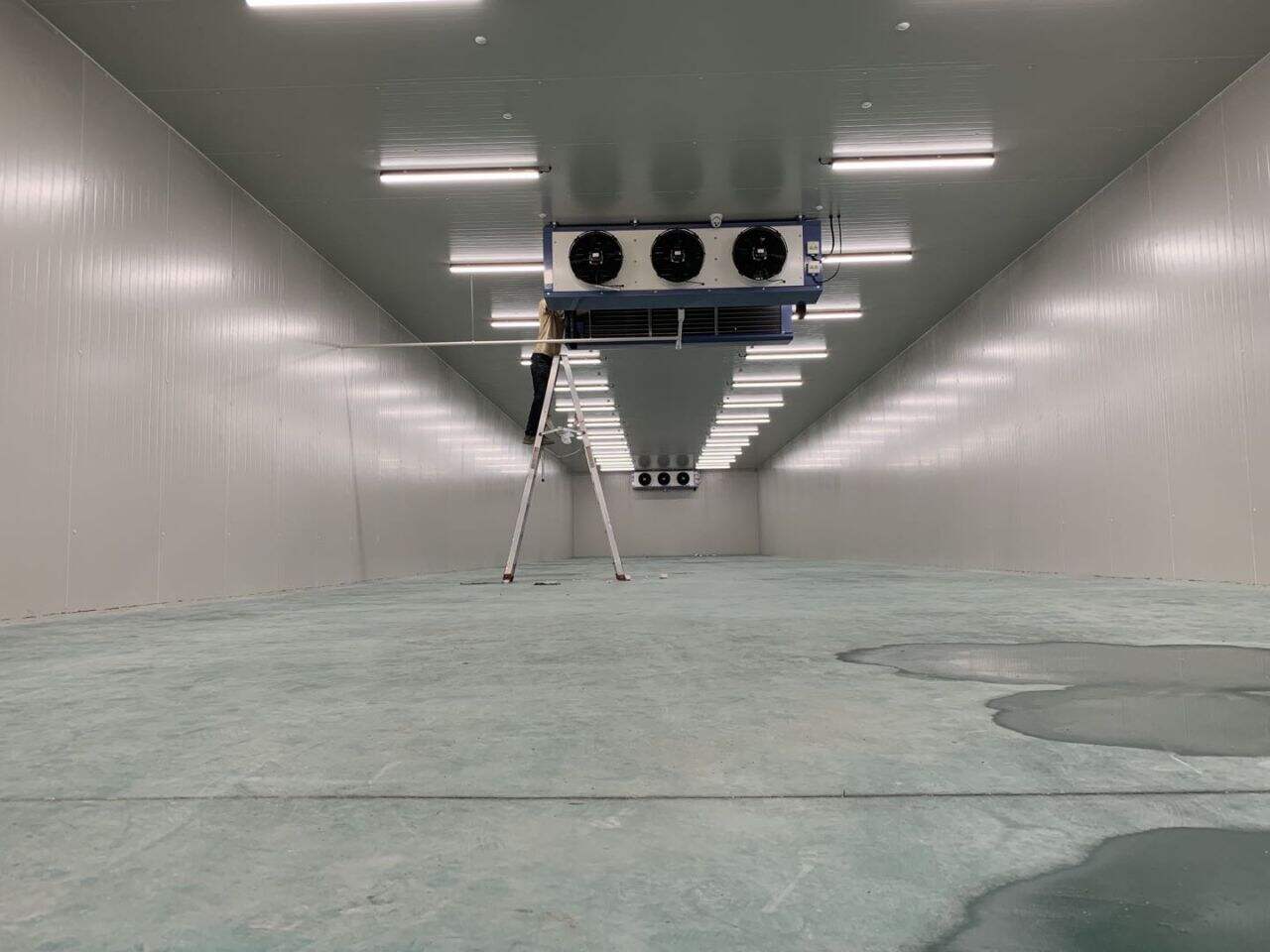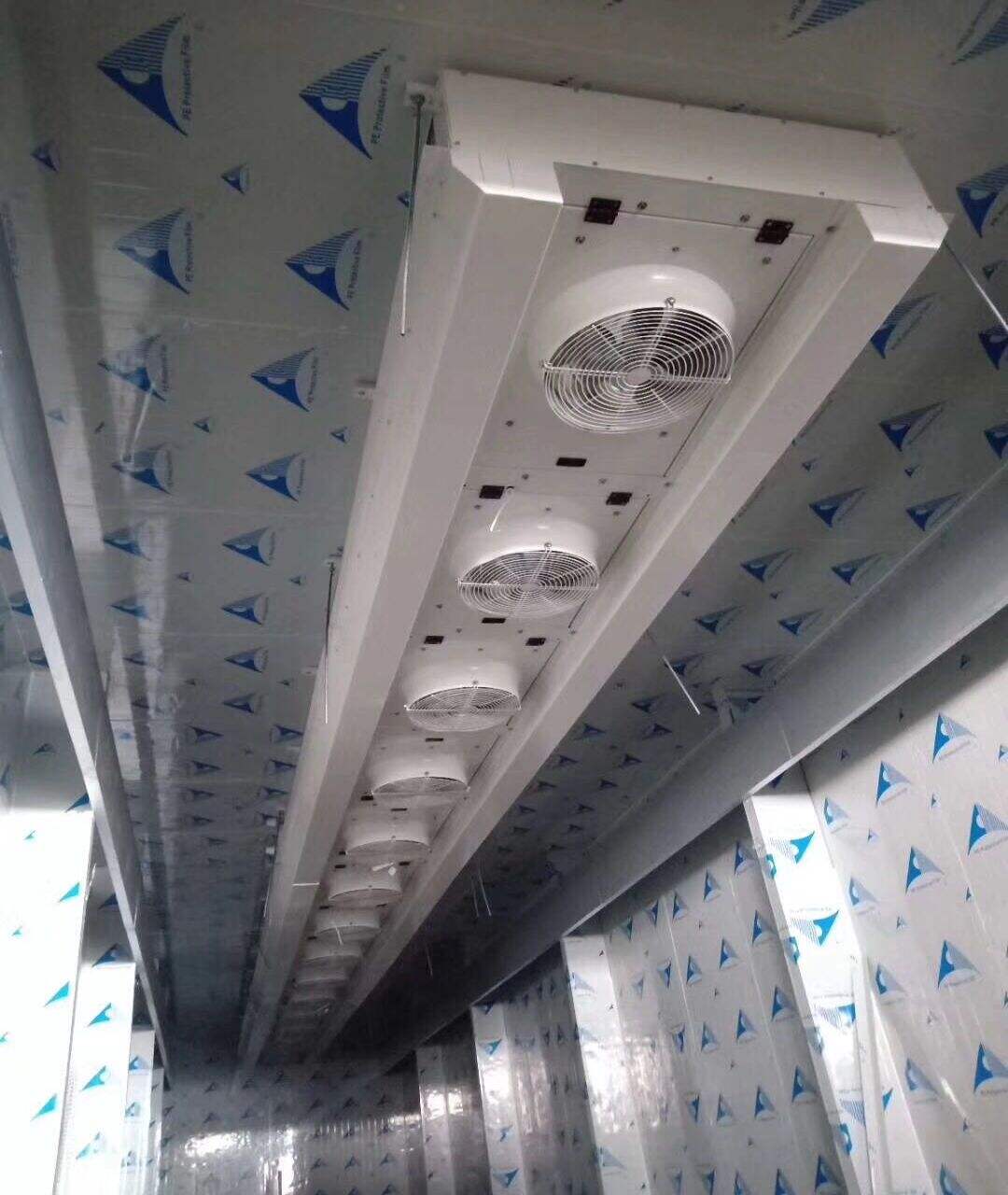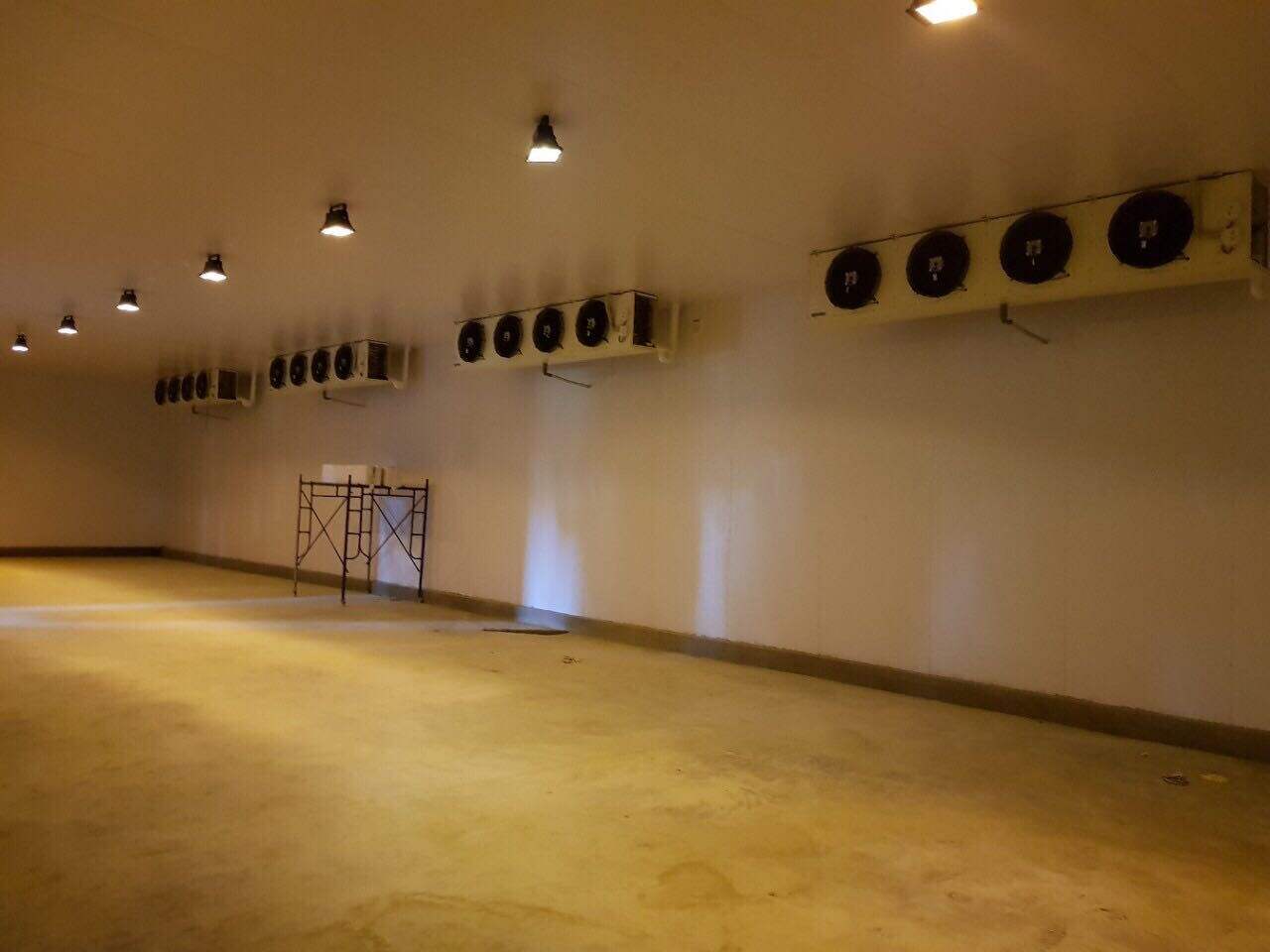Cold rooms and freezer rooms are some of the most well-known spaces in many food businesses and other spoilable items. These rooms are necessary to keep things fresh and safe to use. Today we will discover the difference between cold rooms and freezer rooms, how to maintain the right temperature in these rooms, the importance of insulation, how businesses utilize these rooms and organizational tips to keep these rooms in check.
The distinction between a cold room and a freezer room can be somewhat sharp; however, it’s not too tough. Cold rooms are spaces that may be kept very cool, somewhere between 32-50 °F (0-10 °C). This is well for items like fruits, vegetables and some meats. A freezer room is significantly colder, typically under 32 degrees Fahrenheit (0 degrees Celsius). This is the section in your fridge where you would store items such as ice cream, frozen meats, and anything else that needs to be super cold.
If you are in a cold room, you will need a good thermometer to get the correct temperature. The temperature should be checked regularly and adjusted as necessary. Make sure you keep the cold room door closed as much as possible to keep the cold air inside. If it overheats, your food may rotting, and if it’s too cold, you could be wasting energy.

Freezer room insulation is absolutely essential to ensuring the safety of contents. Good insulation keeps the cold air in and prevents warm air from entering. That saves both energy and money.” Be sure to monitor the insulation regularly and change it when it’s damaged.

Many applications used in cold rooms and freezer rooms at businesses They’re used at restaurants to store food pending cooking, at grocery stores to keep fruits and vegetables fresh, and at warehouses to hold items before shipping them out. They are essential for businesses that handle perishable goods.

It can be tough to keep a cold room or freezer room organized, but there are a few tips that can help. We use shelves and bins to keep it organized and make it easy to find things. Write a label so you will know what is in each container. Leave room between items so air can circulate and keep everything cold consistently.